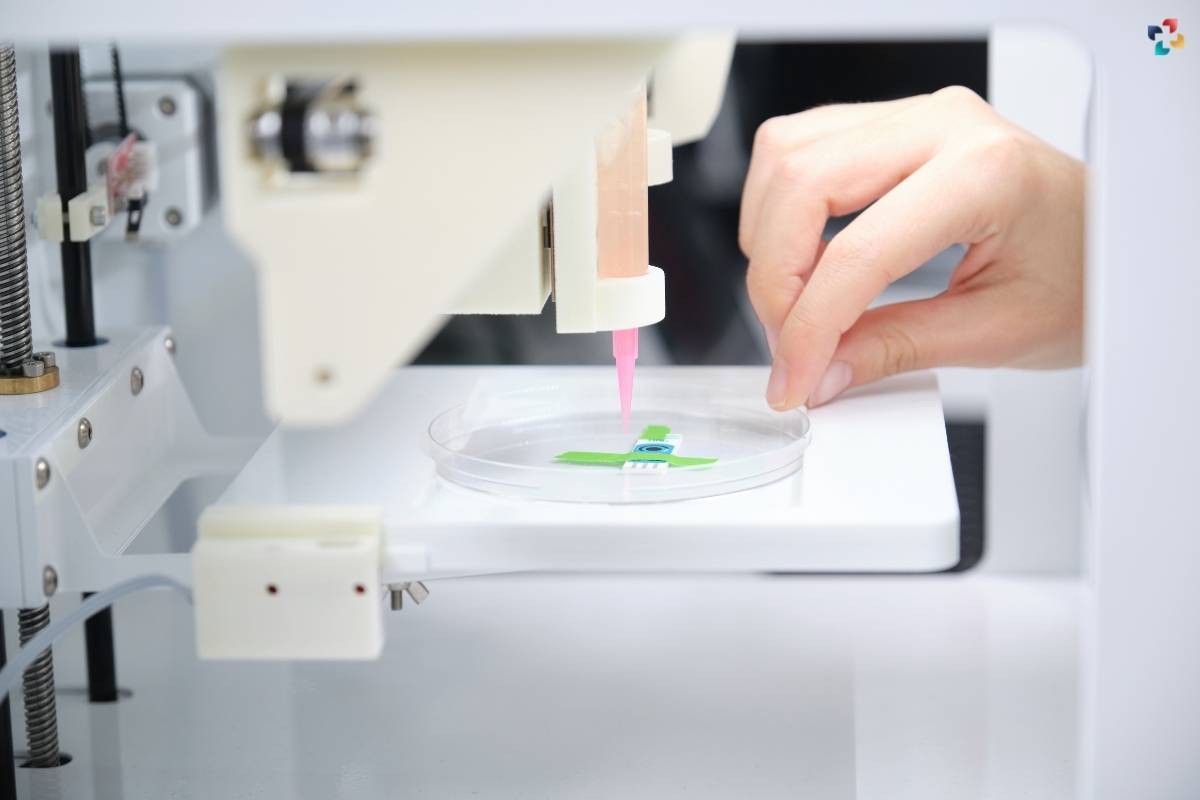The healthcare and medicine industries are rigorously changing and keep evolving often. Technologies like regenerative medicine, have made it possible things that were not possible till 10 years later. Regenerative medicine is used as a tester for cardiovascular diseases, inflammatory and immunity issues, neurological indications, and many more conditions. It is an emerging technology that will change the face of healthcare. It includes tissue engineering and artificial organ development. As a lot of changes are associated with it, it was a topic of debate whether this will emerge as a trend or not, but now it is.
Radical technology enhancements have made innovation reach new heights in medical science. As the name says, it takes responsibility to develop processes to grow again and repair damaged cells. Stem cell biology and tissue engineering play a pivotal role in this field.
Here are 10 Emerging Trends in Regenerative Medicine:
1. Personalized Regenerative Therapies
One of the most exciting trends in regenerative medicine is the move toward personalized therapies. As medical technology advances, it’s becoming increasingly feasible to tailor regenerative treatments to individual patients. Personalized therapies take into account a patient’s unique genetic makeup, medical history, and specific condition, resulting in treatments that are not only more effective but also have fewer risks of adverse reactions.
2. 3D Bioprinting

The concept of 3D bioprinting sounds like something out of a science fiction novel, but it’s quickly becoming a reality in regenerative medicine. This trend involves using advanced printing technology to create living tissues and even organs. Imagine a future where damaged organs can be replaced with lab-grown, fully functional ones. 3D bioprinting has the potential to revolutionize transplantation and address the critical shortage of donor organs.
3. Stem Cell Therapies
Stem cells are at the heart of regenerative medicine. Stem cell therapies involve using these versatile cells to repair damaged tissues, promote healing, and even regenerate entire organs. From bone marrow transplants to induced pluripotent stem cells (iPSCs), advancements in stem cell research are opening doors to new treatment possibilities for a wide range of medical conditions.
4. Gene Editing and CRISPR
The revolutionary gene-editing tool CRISPR-Cas9 is making waves in the field of regenerative medicine. This technology allows scientists to precisely modify genes, correcting genetic defects that contribute to various diseases. By editing genes within cells, CRISPR holds the potential for treating genetic disorders at their root cause, offering a novel approach to regenerative therapy.
5. Biomaterials and Scaffolds
Biomaterials and scaffolds play a crucial role in regenerative medicine by providing the structure and support necessary for tissue regeneration. These materials can mimic the natural environment of the body, guiding cell growth and differentiation. As technology improves, the design and fabrication of biomaterials are becoming more sophisticated, leading to enhanced integration and functionality in regenerative therapies.
6. Organ Regeneration
The concept of regenerating entire organs might seem like a distant dream, but ongoing research and advancements are bringing it closer to reality. Regenerative medicine is paving the way for organ regeneration through a combination of stem cell therapies, tissue engineering, and bioprinting. Imagine a future where failing organs can be regenerated instead of transplanted, reducing the need for long waiting lists and immune system suppression.
7. Application in Neurodegenerative Diseases

Regenerative medicine is offering new avenues of hope for patients with neurodegenerative diseases such as Parkinson’s, Alzheimer’s, and multiple sclerosis. Stem cell therapies and gene editing techniques are being explored to replace damaged neurons and restore lost functions. These emerging trends hold the potential to not only slow down disease progression but also reverse some of the debilitating effects of these conditions.
8. Enhanced Wound Healing
In the realm of wound healing, regenerative medicine is making significant strides. Advanced wound care techniques involve using regenerative therapies to accelerate healing, reduce scarring, and improve overall outcomes. This is particularly promising for patients with chronic wounds, diabetic ulcers, and burn injuries.
9. Bioengineered Skin
Bioengineered skin is another remarkable trend within regenerative medicine. This technology involves growing skin cells in the lab and creating skin grafts that can be used to treat severe burns and chronic wounds. Bioengineered skin not only promotes faster healing but also reduces the risk of infections and complications.
10. Sports Medicine and Orthopedics
Athletes and individuals with musculoskeletal injuries are benefiting from the advances in regenerative medicine. Treatments like platelet-rich plasma (PRP) injections and mesenchymal stem cell therapies are being used to accelerate healing, repair damaged tissues, and alleviate pain. These non-invasive approaches are revolutionizing sports medicine and orthopedic care.

In today’s ever-evolving medical landscape, regenerative medicine stands as a beacon of hope and innovation. These emerging trends are not only shaping the future of healthcare but also addressing longstanding challenges in the field. With the advent of personalized therapies, 3D bioprinting, stem cell advancements, gene editing techniques like CRISPR, and the development of advanced biomaterials, the potential of regenerative medicine is vast and awe-inspiring.
Regenerative medicine is ever-evolving:
As regenerative medicine continues to gain momentum, it’s important to acknowledge its role in complementing traditional medical practices. These trends are not about replacing existing treatments but enhancing them, offering new solutions for conditions that were previously considered untreatable. Moreover, the application of regenerative medicine in neurodegenerative diseases, wound healing, and sports medicine showcases its versatility across diverse medical domains.
Conclusion:
In conclusion, the emerging trends in regenerative medicine are driving the evolution of medical technology, offering transformative possibilities for patients and medical professionals alike. Personalized therapies, 3D bioprinting, stem cell advancements, gene editing, biomaterials, and the regrowth of organs represent a paradigm shift in the way we approach healthcare. As these trends continue to develop and intertwine, regenerative medicine holds the potential to rewrite the story of medicine as we know it, offering a brighter and more hopeful future for patients around the world.







